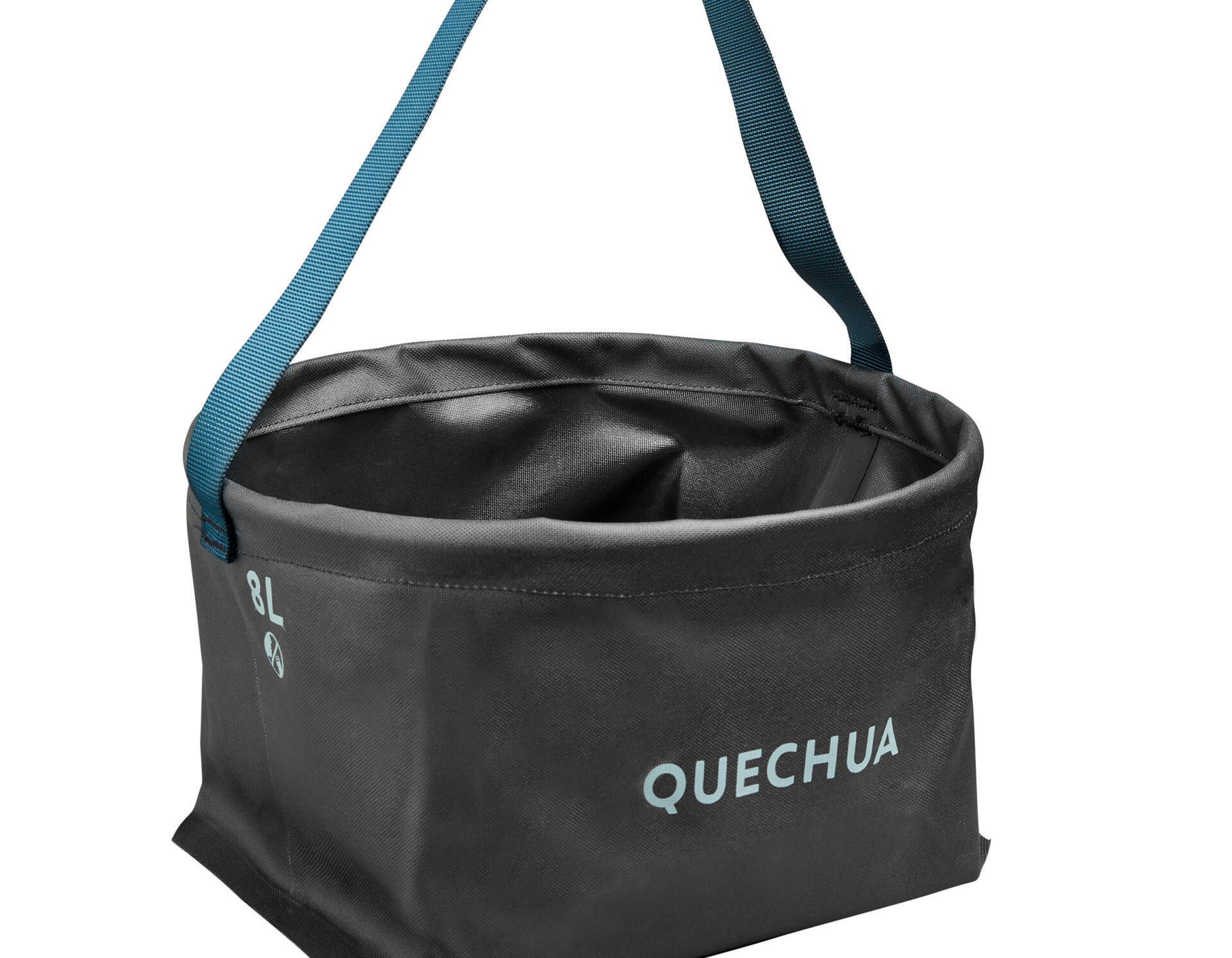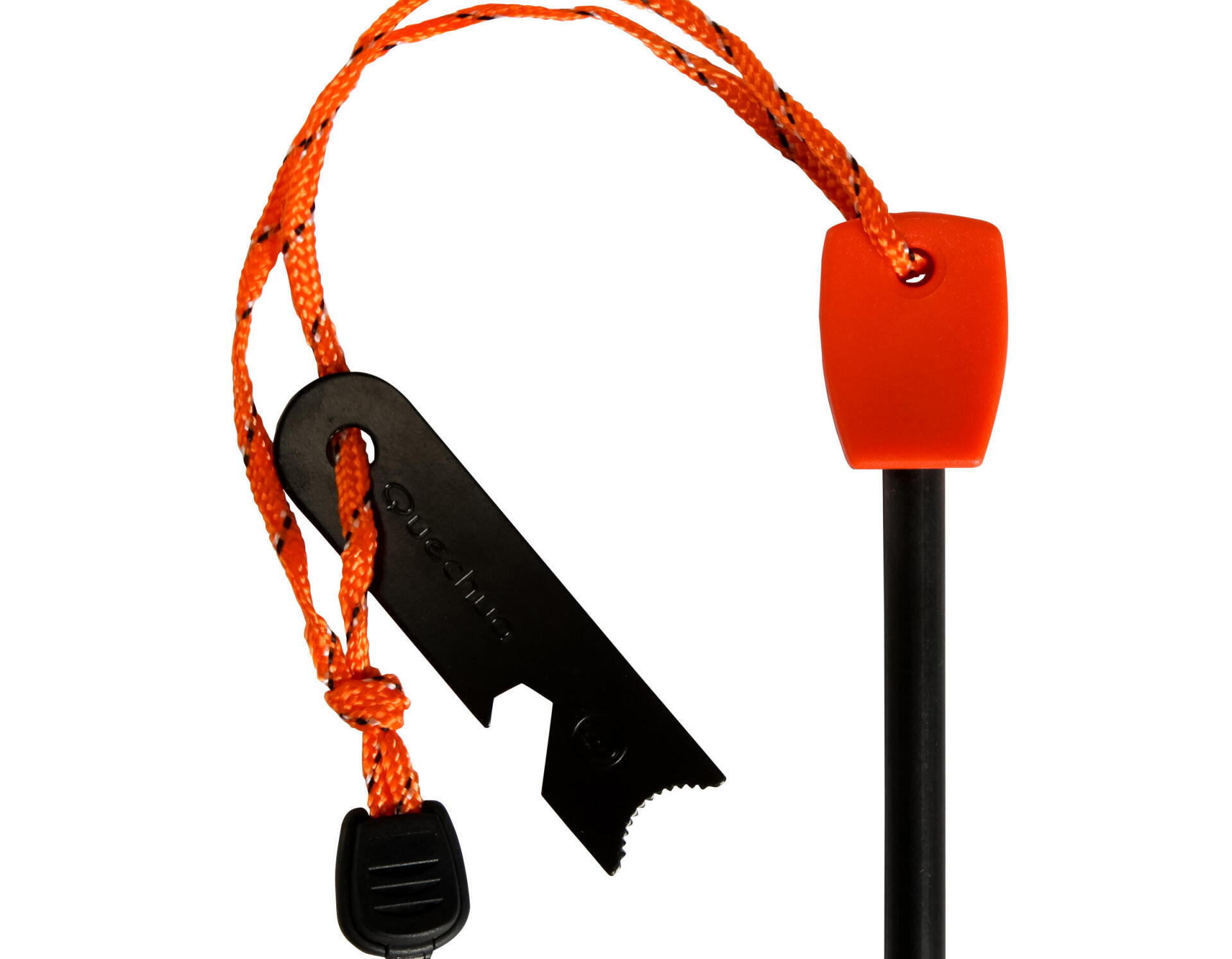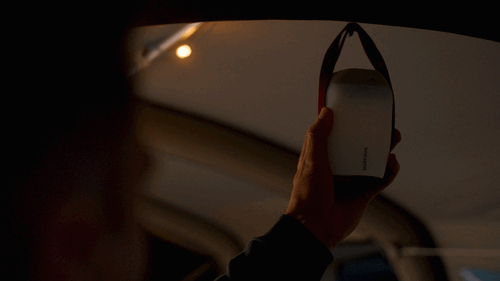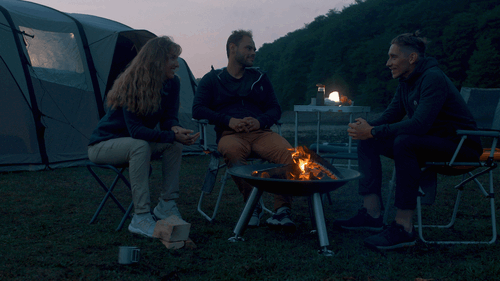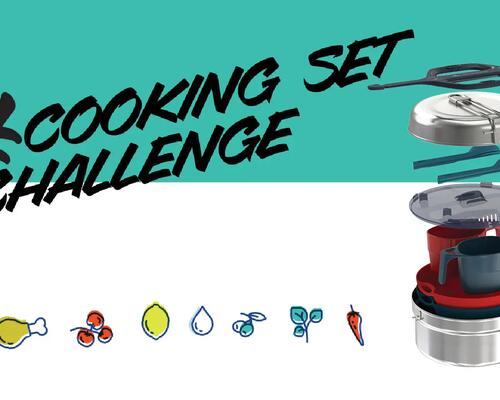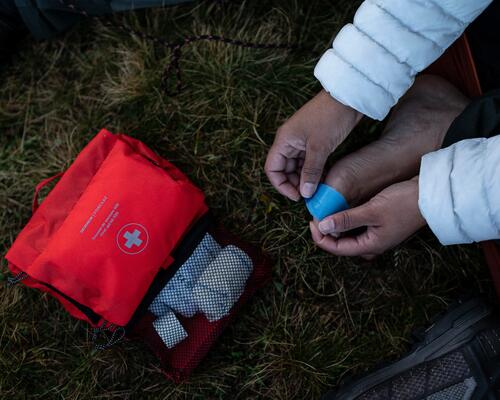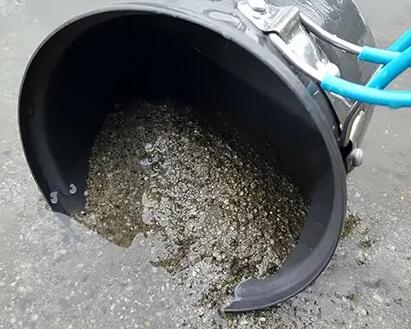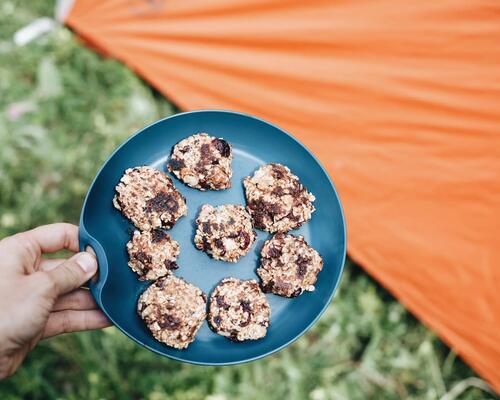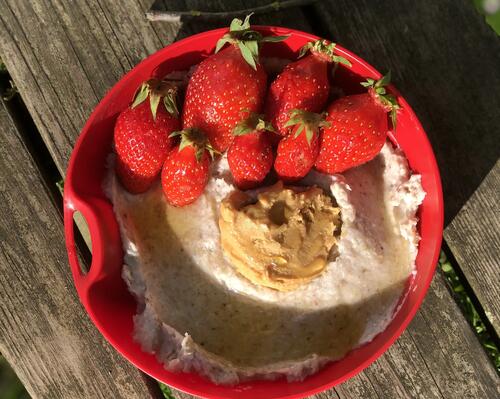How do you light a wood fire outside?
For a camp fire, first of all you will need to find a good fuel source, one that you will light with the sparks from the flint: resins-soaked woodchips, small well-dried twigs, small pieces of wood, possibly a paper, cotton soaked in alcohol or lighter fluid but this is less eco-friendly... Bushcraft experts (this fun, increasingly popular survival activity) frequently use Amadou (or tinder fungus) to start their fire, it is a fungus that we find on the bark of trees, the inner moss of which will give you a long-lasting ember.
Have the rest of the fuel source to which you will spread the flame ready: create a small "tepee" or cone, made from twigs starting with the thinnest pieces of wood. You will place your fuel source under this tepee once ignited (you can also choose to ignite your fuel source when it is already placed in the centre of the pile of twigs).
To start your fire, place your abutting flint on top of your fuel source tilted at an angle of 30 to 45°. The sparks will therefore fall on the fuel and ignite it. To help it to get going, you can gently blow on the small fire.
A little tip: instead of rubbing the scraping surface on the flint you can also remove the flint from under the scraping surface (with this movement your hand will come towards you, rather than shooting in front and risking knocking over the pile of fuel that you have created already).
It is worth noting: lighting a camping stove is very easy but lighting a fire with a flint requires more experience, practise and home before going bivouacking (it's not unusual to take twenty minutes the first time)!


